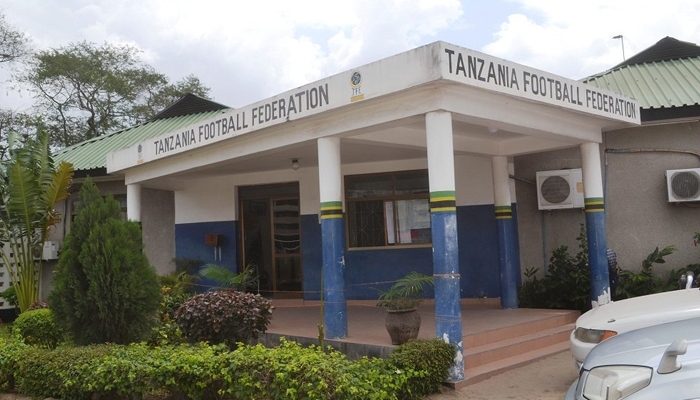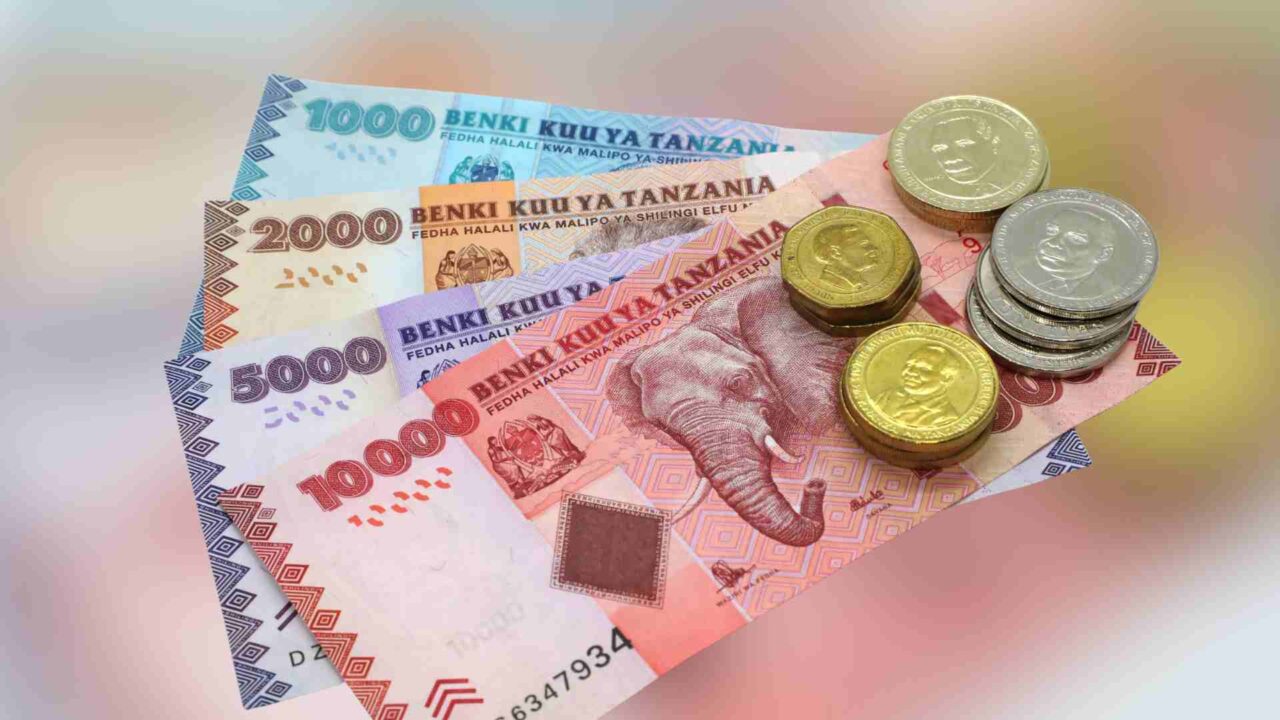Dar es Salaam is one of the fastest growing cities in the world and Africa’s fifth most populated. It is predicted to reach the megacity threshold of 10 million people within the next 10 years!
With these prospects, are we heading in the right direction in terms of planning, or are we, as development economist Paul Collier describes Africa’s urbanization, merely “dysfunctional”?
Are the planners ready for this influx? Is the planning well-thought-out, or have plans been made but are not being implemented as intended? Or are we continuing to plan haphazardly, as has been the case for years? Roads are built, only to be demolished within a few years due to a “new plan,” which suggests the old plans were never designed for the long term.
Dar is at a critical stage
The choices we make now will determine how functional the city will be for generations to come. It will be much harder to modify once the population reaches 10 million. Dar must position itself better to realize the prosperity it could bring. Planning must work not only in theory but also in practice.
READ MORE: Dar To Become A Megacity. But Is It Prepared?
The challenges facing Dar es Salaam are exacerbated by a permanent environmental challenge due to its low-lying coastal geography. Although development plans include “flood control, stormwater drainage, and contingency for disaster risk response,” floods still bring traffic to a standstill every year, causing significant property damage and loss of life.
When the Msimbazi River floods, homes and workplaces are inundated with toxic waste, and the same occurs with other rivers. While it’s easy to blame climate change for flooding in the city, poor planning also plays a role.
Have the planners considered expanding the drainage and sewage systems, which have barely changed since colonial times? A single day of rain floods Jangwani, and Morogoro Road, one of the city’s major arteries, gets closed, yet proper construction of drains and sewers could eliminate flooding from even light rains.
Even without flooding, many city roads deteriorate rapidly, with deepening potholes becoming the norm. Exceptions, like the older Ali Hassan Mwinyi Road built by the Japanese, have remained pothole-free for years. What does this say about the construction quality of newer roads?
Despite these serious challenges, one of the most significant initiatives to address Dar es Salaam’s growing traffic congestion has been the Dar es Salaam Metropolitan Development Project.
READ MORE: Redefining Urban Mobility: The Case for Dar es Salaam’s Urban Railway Renaissance
The first phase of the rapid transit (BRT) line, built by the Dar Rapid Transit Agency, opened in 2016 with 29 stations. It was intended to help commuters move rapidly from point A to point B using dedicated BRT lanes, unlike minibuses and private cars that face heavy traffic. As the World Bank puts it, the BRT “runs through the urban core to alleviate congestion hotspots, and support public transit, mobility, and connectivity to low-income communities.”
While the first phase has provided some relief, the BRT still faces serious challenges that need to be addressed before subsequent phases are completed. Poor planning from the outset, despite warnings, meant its depot was built in a flood-prone area, leading to costly repairs for damaged buses and even greater expenses to relocate the depot.
Another issue is the rapid deterioration of BRT roads due to poor-quality materials. The Controller and Auditor General’s (CAG) report of March 2021 noted that even the pavements for the BRT lanes were cracking due to “clay and organic contaminants in the sand.” This could have been avoided with stricter quality assurance during construction.
Overall, the BRT plan is ambitious and should, in theory, remove other commuter buses from the same routes. However, there are too few buses to provide a frequent, reliable service. The CAG report revealed that only 45.9% of the required buses had been deployed, and the situation hasn’t improved. Worse, the narrowing of roads to accommodate the BRT lanes may actually cause more congestion. For example, parts of Azikiwe Street will be reduced to a single lane for cars once the BRT is fully operational.
BRT safety is also a concern, especially in residential areas, where speeding buses have caused accidents and fatalities.
READ MORE: Getting Ahead or Getting Exploited?: Here Is How We Can Make Bodaboda, Bajaj Driving in Dar Better
The problem is worsened by frequent encroachment on BRT lanes by non-users, such as bodabodas (motorcycle taxis) and three-wheeled vehicles. These vehicles, along with government officials who ignore traffic laws, pose a threat to public safety. Officials need to experience the same traffic jams as the rest of the population, rather than bypassing them by breaking the law.
Traffic police also contribute to congestion, with some intersections becoming bottlenecks where cars wait up to 30 minutes. If the solution is more reliance on traffic lights, will Tanzania’s power grid be able to supply enough electricity to run a megacity without blackouts causing gridlock?
Another concern is the lack of intersections to allow smooth traffic flow around BRT lanes. Without sufficient U-turn points, drivers have to take long detours, encouraging traffic violations in frustration.
Despite all these problems, the planners have decided to implement BRT phases 2 to 5 simultaneously. The entire city seems chaotic, with roadworks stretching from Pugu to Salasala. While disruption is expected during major construction, wouldn’t a more staggered approach have been more effective? Do planners believe this chaos will ultimately lead to order, or will it multiply?
If the goal is to reduce congestion in the city center, similar to how more developed cities function, why haven’t the planners allocated enough parking areas? Instead, the widening of roads has reduced parking spaces, contributing to further disorder.
Finally, communication and consultation are key. For example, the uproar over the removal of the Askari Monument during the construction of BRT lanes along Azikiwe Street could have been mitigated with better public engagement. Similarly, there was backlash over the removal of the baobab tree at Mbuyuni on Ali Hassan Mwinyi Road. Authorities should consistently communicate with the public, ensuring transparency about what they’re doing and why.
READ MORE: Simu 2000 Traders Protest Over Plans to Relocate Them for a New World Bank-supported BRT Depot
In conclusion, greater transparency and citizen participation will contribute significantly to the project’s success by increasing accountability. The CAG report of March 2021 concluded that phase 2 of the BRT project was “not on track to achieve value for money,” citing inflated quantities, unjustified variations, and time overruns. This will continue without accountability.
Secondly, citizen participation is crucial for developing a logical, comprehensive plan. This includes implementing suggestions like a one-way system and enforcing it effectively. How can we prosper as a nation if we cannot even build a decently functioning commercial city?
Nahida Esmail is a freelance writer based in Dar es Salaam, Tanzania. She writes fiction stories for children and young adults and dabs in poetry. She’s available at nahida.esmail@gmail.com. The opinions expressed here are the writer’s own and do not necessarily reflect those of The Chanzo. If you are interested in publishing in this space, please get in touch with our editors at editor@thechanzo.com.





7 responses
Very explicitly expressed. The development of BRT along Nyerere Road through industrial hub needs careful consideration to provide excess to heavy trucks to service the industries.
Parking facility for heavy cargo trucks totaling ignored.
Hi Nahida,
Thank you for this piece.
It’s well-written and raises attention to important aspects for better-planned projects. Perhaps you could consider adding a segment that informs us of the official response to all this chaos. What is their explanation? Why the rush? What steps were taken to avoid repeating similar mistakes? Did they have an explanation for why the BRT depot was built in a flood-prone area? What was missed that allowed the use of sub-par contaminated sand, resulting in poor quality of the final product? Are there any sanctions for those who failed to supervise and ensure quality and standards throughout the construction process?
I’m suggesting these additions to make the piece more balanced and comprehensive.
Again thank you for this piece- looking forward to read more
– Edmond
You need to learn more about Dar es salaam and the 2016 – 2036 master plan
Well overview and in depth analysis.
Nahida Esmael
Thank you for your insights. Please write some about Mbeya. It is not growing as fast as Far as Salaam, but it is left to grow un patterned posing a danger of impossible to correct. My worries is if this is left uncontrolled then
Mbeya will grow to be a crippled city.
Good piece. Pertinent issues raised.
“The entire city seems chaotic, with roadworks stretching from Pugu to Salasala. While disruption is expected during major construction, wouldn’t a more staggered approach have been more effective? Do planners believe this chaos will ultimately lead to order, or will it multiply?” Couldn’t say better. Kudoz.